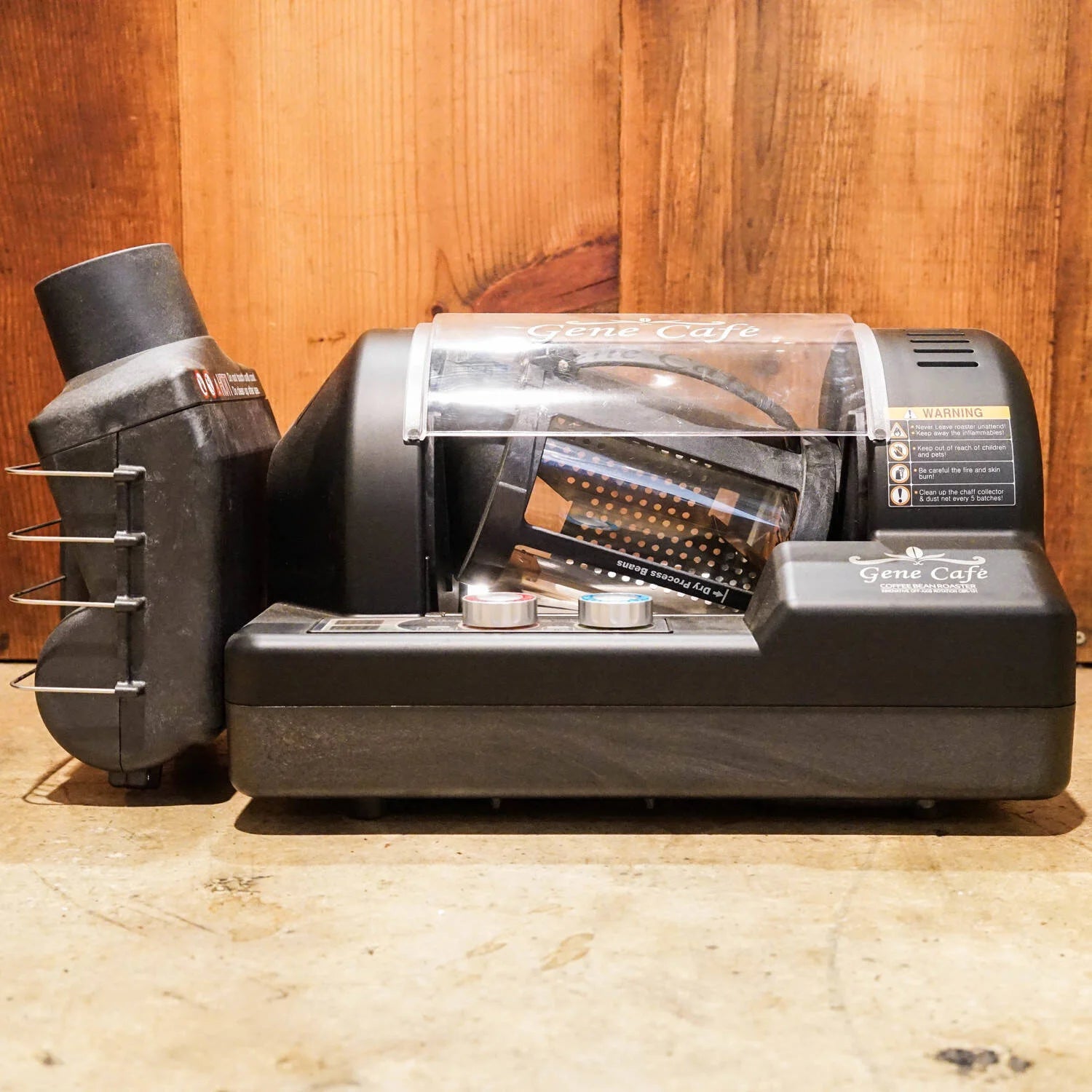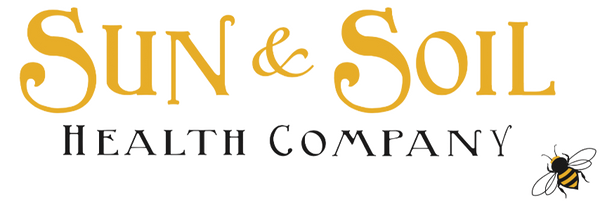
Coffee 102: Roasting
Coffee roasting involves science, art, and intuition. The act, or craft, of roasting is viewed many different ways, but to put it simply, it is the final step in processing coffee before brewing and drinking. When heat is applied to the raw coffee seeds, the seeds will go through a series of transformations during the various stages of roast.
First, moisture in the seeds evaporates and smells like fresh grass. This is called the drying phase. Then coffee turns yellow and smells more like hay. As the roast progresses into the final stages, the seeds smell like baking bread.
The coffee's compounds react to the heat, which causes small amounts of moisture to build up pressure and eventually burst during roast. This is called first crack. The roast degree is determined during the development phase, which begins with the first crack and ends when the roaster decides to complete the roast.
-
Light
This is the first consumable degree of roast. Coffee seeds have completed the initial flavor development stage called first crack, which is signaled by audible popping sounds. Visually, they are light brown and have a slightly wrinkly appearance. First crack is when a light roast will be stopped
-
Medium
First crack has fully completed and, as the roast continues, the sugars brown further. The surface of the seeds become a bit smoother and less wrinkled. To classify as a medium roast, the second crack, which would sound like a light snapping or crackling, should not be heard. Coffee at this stage smells sweet and often peaks in aromatic intensity.
-
Heavy
At this degree, first crack has come and gone. The seeds have developed to the point where the initial sounds of second crack are just beginning. Roasting beyond this point will degrade the coffee's terroir with burnt flavors that eclipse the flavor profile the coffee might offer.

Home Coffee Roasters
Until the 20th century, it was common practice to purchase green coffee seeds and roast them at home. Similar to other home cooking practices, beginning with high quality raw ingredients sets you up for success. Each home roaster approaches the taste differently; some utilize intuition using a stove-top popcorn popper while others apply more science to roasting and utilize “prosumer” machines. Like most home-crafts, initial cost depends on what you are after and can range from $40 to thousands. No matter the approach, you will find that it is a fun, easy way to enjoy delicious, fresh coffee at home with minimal effort.

